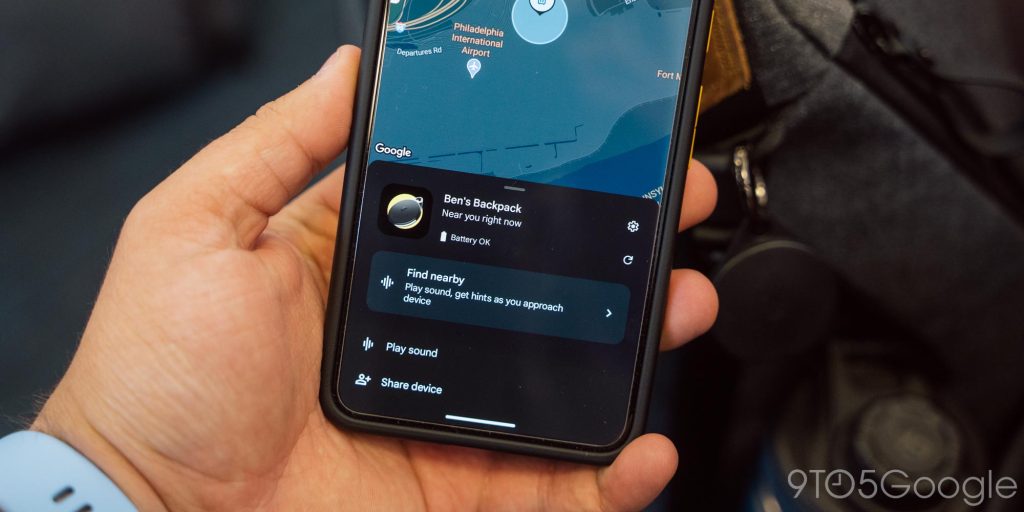

Google launched the Find My Device network on Android after a long delay (that benefitted Apple), but its launch brought the promise of AirTag-like trackers for Android users. It’s been abundantly clear, though, that the current state of the network doesn’t compare to Apple’s, and now someone put that to the test by dropping a couple of trackers in the mail to see their progress.
There are only a few trackers for the Find My Device network thus far. Two from Chipolo, and three from Pebblebee. In our initial reviews of both sets of trackers, we quickly found that the glacially slow rollout of the network combined with Google’s decision to limit it to “high-traffic” areas by default added up to trackers that are incredibly limited in functionality.
Google says it is working on this, but it might be a while until we start to see improvements.
In the meantime, a test performed by Reddit user u/chiselplow shows the state of Find My Device trackers compared to the gold standard, Apple’s AirTag.
On July 3, an AirTag and a Find My Device tracker from Pebblebee (it’s not mentioned which one) were placed inside of a package and mailed out through the US Postal Service. The AirTag provided updates on its location through the local truck and hub, as well as a larger truck heading to a larger warehouse. The Pebblebee tracker only provided a single update when it was at that warehouse, and that update kept reverting back to saying it was last seen at the user’s home.
That update eventually stuck, and on July 6 the package was delivered to its destination. The AirTag continued to provide frequent updates on its location throughout the journey, including in other warehouses and even on the road.
By the end, the Pebblebee tracker apparently once again reverted back to saying it was last seen at the user’s home, never updating when it arrived in the final location. It’s clear that the tracker was seen at some point, but it’s extremely odd that the data gathered was effectively thrown out.

There are a few questions here, such as if the recipient of the package had an Android phone. But, in any case, it’s abundantly clear that trackers on Google’s network can’t yet keep up with the location-tracking performance of an AirTag. And, frankly, that makes sense. Google is taking a long time to fully roll out its network, and this test took place in the US where, due to the iPhone’s marketshare, it is entirely plausible that the tracker was never around an Android phone for long enough to update its location properly.
Ultimately, though, it seems like a lot of this can be chalked up to the Find My Device network’s default “high-traffic areas” setting. This restricts Android phones from reporting the location of a tracker unless they’re in what is considered a “high-traffic” location – it’s not entirely clear what the threshold is for that. But random roads and warehouses probably don’t meet the criteria.
We’ve been planning to run a similar test once the Find My Device network is more widely rolled out – stay tuned for more, and let us know in the comments how Find My Device trackers are working for you.
More on Find My Device:
Follow Ben: Twitter/X, Threads, and Instagram
FTC: We use income earning auto affiliate links. More.
Android’s Find My Device trackers lose to AirTag in mail test #Androids #Find #Device #trackers #lose #AirTag #mail #test

Source Link: https://9to5google.com/2024/07/07/android-find-my-device-airtag-mail-comparison/
Google launched the Find My Device network on Android after a long de…